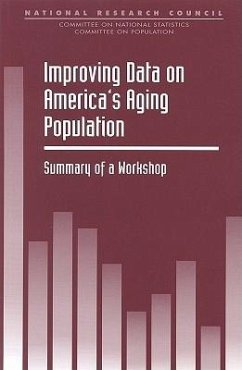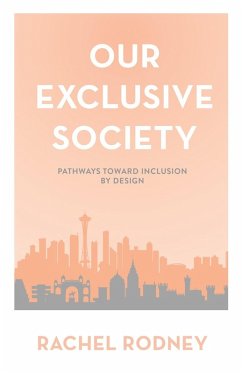
Designing User Interfaces for an Aging Population
Towards Universal Design
Versandkostenfrei!
Erscheint vorauss. 1. April 2026
62,99 €
inkl. MwSt.
Weitere Ausgaben:

PAYBACK Punkte
31 °P sammeln!
Despite the fact that older adults constitute an ever-growing proportion of the technology-using population, they have often been overlooked when researchers study the habits, abilities, and needs of various user groups. Similarly, many developers and researchers come up short when trying to create new technologies, devices, and interfaces that will satisfy a more general user profile. User study participants have tended to be younger, physically and cognitively fit, and technologically savvy. In Designing User Interfaces for an Aging Population, Second Edition, the authors present the demogra...
Despite the fact that older adults constitute an ever-growing proportion of the technology-using population, they have often been overlooked when researchers study the habits, abilities, and needs of various user groups. Similarly, many developers and researchers come up short when trying to create new technologies, devices, and interfaces that will satisfy a more general user profile. User study participants have tended to be younger, physically and cognitively fit, and technologically savvy. In Designing User Interfaces for an Aging Population, Second Edition, the authors present the demographics of older adults as a broad group, and describe general sensory, cognitive, physical, and emotional characteristics of older adults. Each age-related characteristic is linked to its potential impact on older adults’ use of digital technology, with examples of problematic technology designs. To improve the user satisfaction, success, and overall experience of using (digital) technology, the authors offer specific design guidelines. These guidelines have been derived from the findings and evidence presented in hundreds of research studies. The studies are sourced from around the world, and address a wide range of study participants and technologies. The second edition is thoroughly updated, including examples, guidelines, and case studies to reflect recent developments in the areas of AI, Robotics, Speech Recognition, and other relevant emerging technologies. Readers will benefit from learning: demographics of users of digital technology; age-related factors affecting ability to use digital technology; common design issues that decrease usability for older adults; guidelines that can help designers avoid these common pitfalls; methods for working with older adults on research and design projects.













